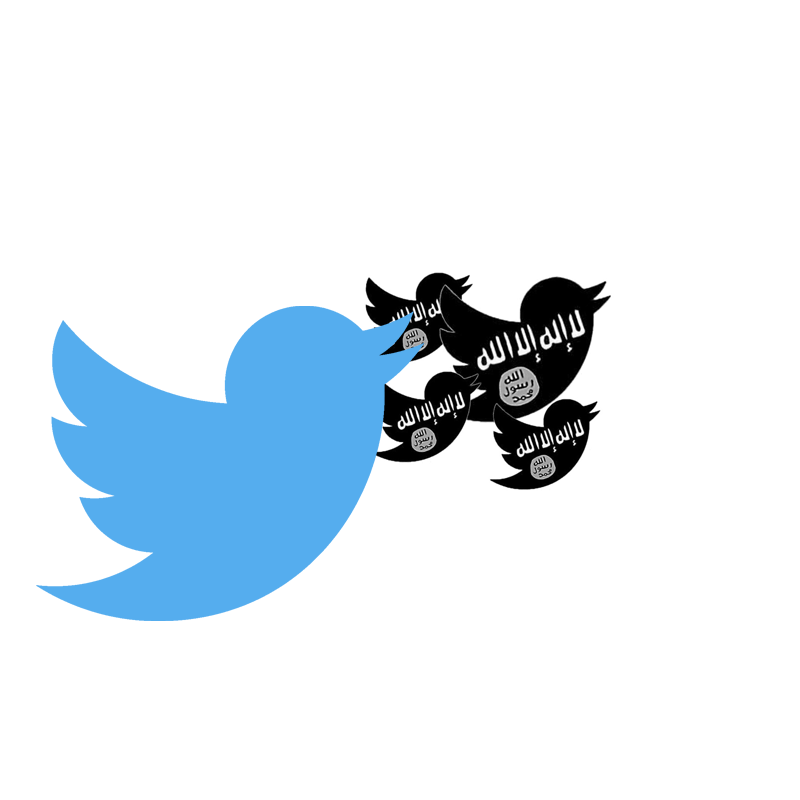
The microblogging service Twitter announced changes to its policies about violent and hateful speech.
The company said that users won't be able to use "hateful images or symbols" in their profile images or headers. And what's more, Twitter also said that users "may not affiliate with organizations that – whether by their own statements or activity both on and off the platform – use or promote violence against civilians to further their causes.”
What this means is that Twitter is banning violent affiliations on its network, even when those violent views aren't promoted on Twitter.
This raises questions about how Twitter can enforce this, and to what extent its staffs can monitor those questionable groups' behavior, outside of Twitter.
The ban on violent affiliations is Twitter's way to constantly evolve its existing rules, and to answer the needs of a more secured platform for sharing and commenting about just about everything.
We’ve updated our rules around abuse and hateful conduct as well as violence and physical harm. These changes will be enforced starting December 18. Read our updated rules here: https://t.co/NGVT3qGFvg
— Twitter Safety (@TwitterSafety) November 17, 2017
In recent times, Twitter, alongside Facebook and also YouTube have been accused of giving access to extremists to spread their propaganda.
From Islamic terrorists and white supremacists, they have all used Twitter to do many of their recruits.
Under the increasing public pressure, the three platforms are taking increasing scrutiny on how users should engage, and have taken steps to limit access to extremists contents or ban users who are promoting it.
This also came as the development of uncompromising free-speech stances. When it became prominent that social networks are the place for harassment, the three see themselves alienating some users. For that matter, policing user affiliations could help them build a larger, more mainstream user base.
This won't end the nature of social media as a place for free speech. Instead, the restriction should only offend users that are hurting other users. If everything goes well as Twitter is expecting, this should be a good strategy.